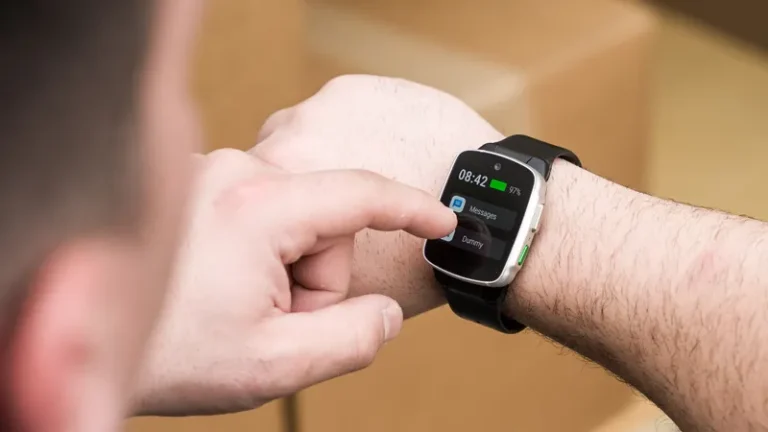In recent years, the United States has witnessed a major shift in criminal justice policies with the enactment of the First Step Act (FSA) of 2018. This bipartisan effort represents a commitment to improving outcomes, reducing federal prison populations, and enhancing public safety.
Embedded within the FSA is the Second Chance Reauthorization Act of 2018, a pivotal move that reauthorizes and expands grant programs initially set forth in 2007. This includes significant initiatives like the Adult and Juvenile State and Local Offender Demonstration Program, providing crucial support for family-based substance use treatment, career training, reentry collaboration, and community-based mentoring.
Moreover, the Reauthorization Act modifies programs facilitating home confinement for certain elderly and terminally ill prisoners. In mid to late 2023 the following studies were released documenting the efficacy of programs under the FSA, focusing on specific prison population segments released on home confinement with electronic monitoring.
Study #1: The Niskanen Center
A June 2023 study called “Safer, Smarter, and Cheaper: The Promise of Targeted Home Confinement with Electronic Monitoring” was released by Niskanen Center, a Washington D.C.-based think tank.
The study documents 13,204 lower-risk individuals placed in home confinement under the March 2020 CARES Act by the Bureau of Prisons (BOP). Participants were subject to ongoing supervision, including electronic monitoring, drug and alcohol testing, and check-in requirements. Individuals were allowed to leave their residences only for work or other preapproved activities.
According to the Center, the outcomes showed an overwhelming percentage of individuals demonstrating exceptional compliance, steering clear of violations or new criminal offenses.
New-crime Rate Reported Below One Percent
Out of the 13,204 program participants placed under supervision by the BOP, only 521 (25.3%) found their way back to secure custody, as of May 1, 2023, for the following reasons:
- 296 were related to drug or alcohol use
- 90 failed to remain at a designated location
- 113 were related to technical violations
- A mere 22 individuals returned due to new criminal conduct, boasting a new-crime rate of just 0.17% percent
The Niskanen Center report went on to say, “While acknowledging that direct comparisons may not always align, the noteworthy accomplishment of maintaining recidivism at a fraction of 1% percent among a diverse group of over 13,000 released federal prisoners over a significant period is undeniably a success.”
Notwithstanding, this is a remarkable achievement when compared to an April 2014 study by the Bureau of Justice Statistics involving over 25,000 federal prisoners released in 2005, where 67.8% were arrested for a new crime over a similar three year period.
Annual Cost Savings of Up to $23,900 Per Person
The Niskanen Center report states that the cost of incarceration for a federal prisoner in a facility was $120.59 per day in fiscal year 2020. Whereas the daily cost of a prisoner on home confinement averaged $55.26, revealing substantial cost savings of approximately $65.59 per day, per person, or about $23,900 per person annually. The report even suggests that targeted home confinement could save more than $100 million each year which offers a considerable reduction in expenses particularly to correction agencies.
Study #2: The Council on Criminal Justice
In August of 2023, the Council on Criminal Justice (CCJ) published their analysis of data from the April 2023 U.S. Department of Justice annual report on the First Step Act.
The findings are based on 29,946 people who were released from BOP facilities under the FSA from 2020 to January 2023 compared to individuals who had similar risk profiles and were tracked for similar periods of time prior to those released under the FSA.
Overall Recidivism Rates 37% Lower Under the FSA
According to BOP published data, the recidivism rate for all people released under the FSA is 12.4%. While those released prior to the FSA who were at similar risk of reoffending and had similar amounts of time in the community had an estimated recidivism rate of 19.8%.
The analysis also found lower rates of recidivism among people released under the FSA within all risk levels as assessed by the BOP’s risk assessment tool.

People Released Under the FSA Incurred Up to 3,125 Fewer Arrests
Drawing on the recidivism analysis above, it is possible to estimate the total number of arrests (for new crime or technical violations) incurred by people released under the FSA and by 29,946 similarly situated people (i.e., risk level and time since release from prison) released from federal prisons prior to the FSA.
- With a recidivism rate of 12.4%, the people released under the FSA could have accounted for between 3,712 and 4,330 arrests in the community over three years
- With a recidivism rate of 19.8%, an equal number of similarly situated people released prior to the FSA could have accounted for between 5,918 and 7,455 arrests over three years.
When combined, these estimates suggest that people released under the FSA could have accounted for between 2,207 and 3,125 fewer arrests in the community over three years when compared to similarly situated people who were released from federal prisons prior to the FSA.
It’s also interesting to note that according to the CCJ, “more than half (53.8%) of people released under the FSA completed at least one evidence-based recidivism reduction program.”
Technological Advancements that Enhance Public Safety
While these studies are quite compelling—electronic monitoring and home confinement appear to be major contributors to reducing recidivism and helping to streamline the caseload for busy correction agencies.
As the landscape of corrections evolves, BI Incorporated stands at the forefront of technological trends, providing innovative solutions to enhance public safety and meet the ever-changing agency needs.



